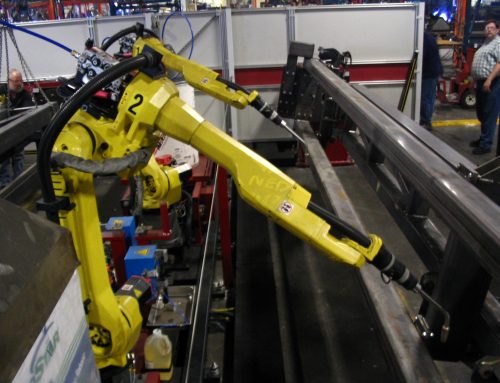 Michael Lewis, the author of books such as The Blind Side and Moneyball, has written another book, this time focusing on the world of high frequency electronic trading (HFT). In Flash Boys: A Wall Street Revolt, he tells the rather complex story behind HFT and how it may be costing investors millions – and not just individual investors with online trading accounts. Major Wall Street firms have also been on the losing end of this scheme.
Michael Lewis, the author of books such as The Blind Side and Moneyball, has written another book, this time focusing on the world of high frequency electronic trading (HFT). In Flash Boys: A Wall Street Revolt, he tells the rather complex story behind HFT and how it may be costing investors millions – and not just individual investors with online trading accounts. Major Wall Street firms have also been on the losing end of this scheme.
He profiles Brad Katsuyama, a Royal Bank of Canada trader, who began noticing irregularities in the firm’s trading system in 2007. A price for a particular stock would appear on their trading screen, but when Katsuyama went to “buy” it, the price would disappear. He began to hear that traders at other companies experienced the same frustrations. Soon after, RBC put him in charge of electronic trading and Katsuyama set about discovering what was causing these problems and essentially costing the firm quite a bit of money. What he found was what Lewis calls a “front-running” operation. These other exchanges had systems that would facilitate or allow certain traders to execute trades milliseconds or even nanoseconds faster than others. These sophisticated online trader systems were getting in front of traditional traders like Katsuyama by buying the stock before he could execute and causing prices to go up. This forced Katsuyama and others to buy the stock for prices higher than they intended.
What Katsuyama did next was interesting. He left RBC and started his own exchange with the express goal of slowing down these fast electronic traders and leveling the playing field. So far, he has attracted major Wall Street companies as clients and the business is growing. However, Lewis admitted in a recent “60 Minutes” interview that, while perhaps not fair, HFT isn’t in fact illegal. Are we walking a fine line here between the perception of Wall Street insiders and casual observers? Last week, New York’s Attorney General and the Commodities Futures Trading Commission announced they would be investigating high frequency trading to determine the legality of such behavior. HFT has long had critics: HF traders have an unfair advantage; they manipulate markets; they get in front of bigger, slower investors and drive up stock prices.
While Lewis’s book will certainly be an interesting read, the more compelling outcome will be the discussion it will provoke. What will happen with high frequency trading? What about Katsuyama’s firm – is it a way to circumvent an unfair advantage or slowing down the process? As Wall Street strives to find ways to make money, its methods may continue to seem shadowy and on the fringes of ethically appropriate behavior.





